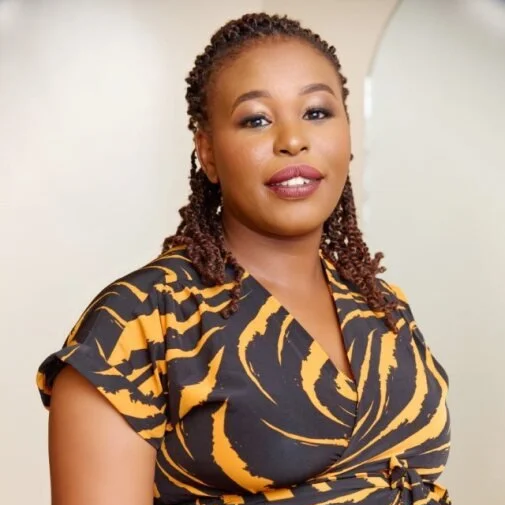Creating Hope from Recycled Materials
By Dr. Lois Semenye
Decluttering our houses can bring hope and blessings to those who have far less. Our old clothes that are donated or sold to charitable organizations can be recycled in ways that bring hope and blessings to many. Mrs. Linda Mangoka brings hope and blessings to hundreds of women in a small town – Kitengela in Kenya. It is about 30 kilometers south of Nairobi.
She learned the art of salvaging secondhand clothing by cutting out parts of garments that were not spoiled. Through these efforts Linda established “Tuwe Bora.” It is a Swahili name that means, “Let us be better.” Her vision for this came as she identified with women who were struggling.
Even though she was newly married and had graduated from university, Linda found it difficult to put food on the table because both Linda and her husband were unable to find permanent jobs. She thought to herself, “If it is this difficult for us, how much harder it must be for single mothers, women who have been in prison, and refugees. How are they putting food on their tables?” She wanted to find a way to help these women have a better life.
Mrs. Linda Mangoka
Unfortunately, Linda did not have extra money to assist them. She turned to her relatives, friends and church members who were able to donate money to buy her first sewing machine, some materials and a few spools of thread. At this time the Tuwe Bora project was conceived, and it started in a small way.
She advertised the products in WhatsApp groups. Through this, she found some buyers for their products and some people donated money. However, once sold there was not enough money to buy new materials or provide much help to the women.
This prompted Linda to think in creative ways. She started the art of salvaging from secondhand clothing vendors and finding scraps of materials from tailors. If a sleeve or any parts of garments were torn, discolored or spoiled, the women would cut out those parts and use the good parts for making new products. They made items such as decorations, children’s clothes, aprons, dresses, shirts etc.
By getting clothing that was discarded by vendors or sold cheaply, she found ways to turn scraps into beautiful clothing that people wanted to purchase. Part of the proceeds of her efforts are now used to pay marginalized women, so they can feed their children and enable them to get an education.
To date there are 30 sewing machines that are being used in this project. Linda has programs to train women at different times according to their availability. On Mondays to Thursdays the training is for marginalized women and refugees; on Fridays it is for people from a nearby women’s prison. The training does not require any prior education, and it is provided at reduced fees or is free depending upon what a person can afford. The women graduate after a few months with new sewing skills.
Project Challenges
Linda faces a variety of challenges. For instance, the sustainability of the organization is dependent on the sales of items that are made, but marketing these products requires ongoing effort. Also, since she does not have a reliable place to train the women, she needs to lease space to do her work.
Linda’s Dreams
To have structured discipleship programs that facilitate the women’s spiritual growth.
To have an organized curriculum for discipleship that fits their needs and context.
To be able to advertise the products in ways that would create a larger customer base.
To purchase a reliable place to train and manufacture products.
To have a wider variety of products for men and women.
Linda believes, that “everything has a season” and “every difficult season paves the way to a better season.” Her faith is rooted in Genesis 8:22 which says, “While the earth remains, seedtime and harvest, cold and heat, summer and winter, and day and night shall not cease.” She believes in God’s providence. She has seen true transformation as the trainees are changed from one season in their lives to another. She has observed how the women’s sense of dignity has improved. Linda had an idea and by God’s grace she was able to turn it into a successful innovation that has helped many women in significant ways.
REFLECTIONS
Are there things in your life that you are discarding or not valuing that, if you began to view them differently, might become a pathway for transformation?
Who are people in your community who might be struggling to provide for their children and their families?
What ideas have crossed your mind that might have the potential to become a successful innovation that could help others?
What lessons can you learn from this story that might enable you to collaborate with others in ways that would “let us be better”?


